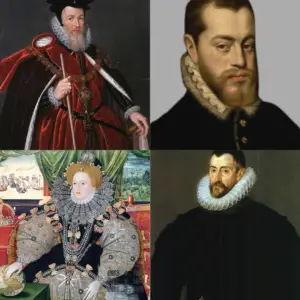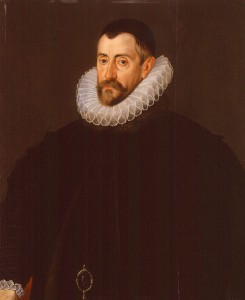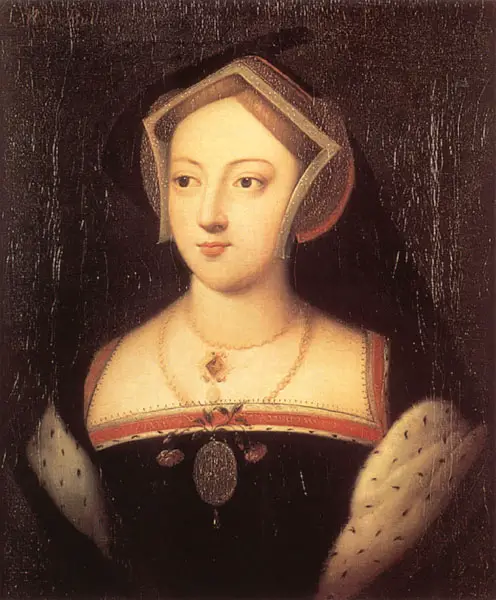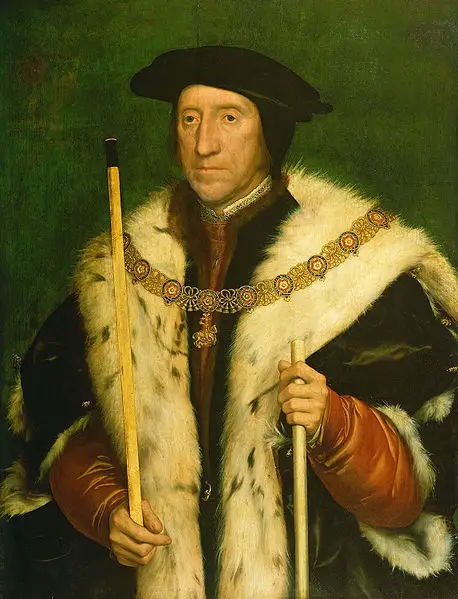 On this day in history, 5th February 1605, Sir Edward Stafford, Elizabethan diplomat, MP, and suspected spy, died. His life was one of political manoeuvring, intrigue, and scandal—his story a fascinating mix of loyalty, ambition, and betrayal.
On this day in history, 5th February 1605, Sir Edward Stafford, Elizabethan diplomat, MP, and suspected spy, died. His life was one of political manoeuvring, intrigue, and scandal—his story a fascinating mix of loyalty, ambition, and betrayal.
So, who was Edward Stafford, and why does his name carry the stain of espionage?
Born in 1552, Edward had impressive Tudor lineage. His mother, Dorothy Stafford, was the granddaughter of Edward Stafford, 3rd Duke of Buckingham (executed by Henry VIII), and also the great-granddaughter of George, Duke of Clarence, who was allegedly drowned in a butt of Malmsey wine on the orders of his brother, Edward IV.
Edward’s early years were shaped by religious turmoil. His Protestant parents fled England during Mary I’s reign, and Edward spent much of his childhood in exile. But when Elizabeth I came to the throne, the Stafford family returned, and his mother became one of the queen’s trusted ladies.
With such strong court connections, it’s no surprise that Edward climbed the ranks. He was educated at Cambridge, served as an MP, and was later knighted before becoming Elizabeth I’s ambassador to Paris in 1583. A prestigious role, but one that would lead him into dangerous waters.
Being ambassador to France was no easy job—especially when Europe was on the brink of war. But Edward made a powerful enemy: Sir Francis Walsingham, Elizabeth’s ruthless spymaster.
Walsingham kept a close eye on Edward, who’d run up hefty gambling debts, and with good reason.In 1587, Edward was suspected of secretly working with Bernardino de Mendoza, Spain’s ambassador in Paris.
Mendoza was a key player in Philip II of Spain’s plans to invade England, and somehow, he was getting inside information. English fleet preparations, Sir Francis Drake’s raid on Cadiz—even warnings about the Spanish Armada—Mendoza knew it all.
Was Edward the leak?
It’s unclear as Mendoza recorded three pseudonyms for his English informers. Were they three men or were all three Edward?
We know that Edward took bribes—he received 3,000 crowns from the Duke of Guise and another 2,000 from Mendoza, all for information on England.
But was he truly working for Spain, or was he playing both sides to protect himself?
Interestingly, despite all these allegations, Edward was never punished. Some historians believe that Walsingham lacked enough solid evidence, while others think that William Cecil’s patronage protected him.
And, conveniently, after the failure of the Spanish Armada in 1588, Edward suddenly stopped passing on information. A coincidence? Or had he been an English double agent all along? Or was it because the queen helped settle his debts, meaning he had no reason to betray his country now.
Despite avoiding punishment, Edward’s political career never fully recovered. He returned to England in 1590 but was never given another major diplomatic post. Instead, he took up minor court positions and continued serving as an MP—but he was no longer a trusted figure in Elizabeth’s court.
In 1604, under King James I, he was elected MP for Queenborough, but his time in power was fading.
On 5th February 1605, he died—leaving behind a legacy shrouded in mystery.
Edward Stafford was a man who walked the fine line between diplomacy and treachery.
Was he truly a traitor, passing England’s secrets to Spain? A survivor, doing whatever it took to stay in favour? Or even a double agent, feeding misinformation to Spain while remaining loyal to Elizabeth?
We may never know for certain.




Leave a Reply